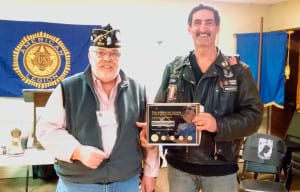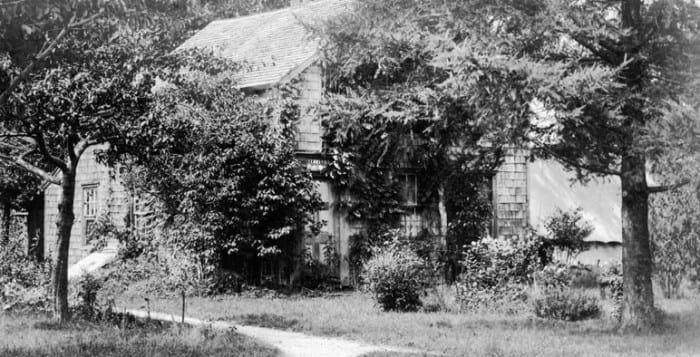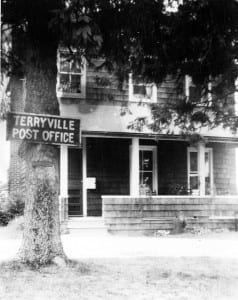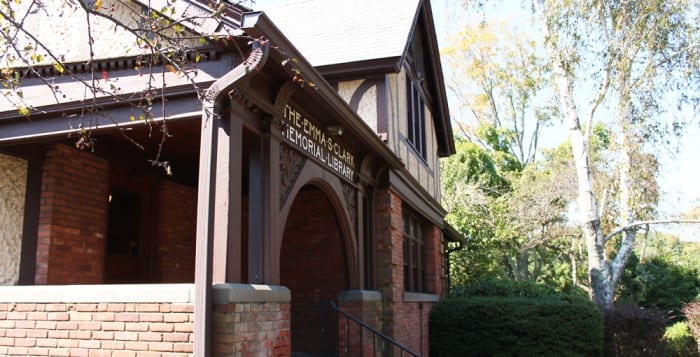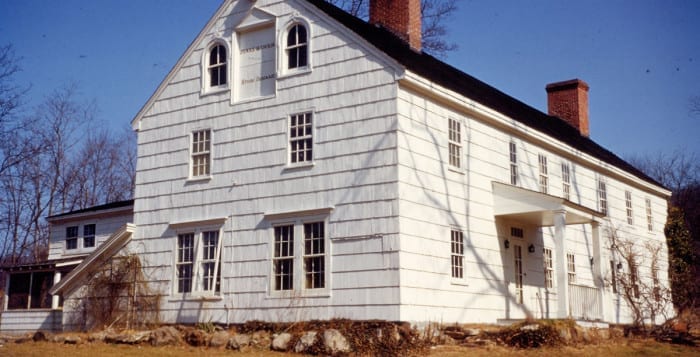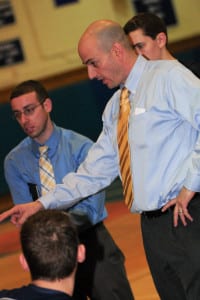By Beverly C. Tyler
Our winter weather seems to have as much effect on us today as it did in the 19th century, even though we are well- protected from the effects of the weather in our homes and in our cars as we travel from place to place.
During the winter of 1800-1801, Dr. Samuel Thompson noted the changes in the weather as he ran the operation of his extensive farm in Setauket and cared for the sick. He wrote in his journal, “Thursday, Nov. 13, 1800. Wind [from the] west, cloudy and very thick air with smoke and so dark at nine or 10 o’clock as to light a candle to eat breakfast by – Some rain – but breaks away and the weather is cool.”
Later in the month the weather changed, “Nov. 21, wind northeast (blowing) very hard. Begins to snow long before day continues to snow all day – very cold storm.” On Saturday, the northeast wind continued to blow and on Sunday he wrote that the snow fell all day.
The life of the farmer and other residents in Setauket and Stony Brook continued to be busy through the winter months. There were no crops to tend, as in the summer, but the animals had to be taken care of and the weather seemed to make little difference in the routine.
Heat for the family home in 1800 consisted of a wood fire in the fireplace. Large amounts of wood were cut and stacked each fall, but this usually had to be supplemented by trips into the woods to gather more firewood during the winter.
Thompson’s house — the restored Thompson house on North Country Road in Setauket — has a great central chimney with four fireplaces that provided the only heat for the large saltbox-style farmhouse.
The activity at the Thompson farm continued despite the weather.
“Dec. 30 … Cloudy – snows some – weather cool – kill my cow and ten sheep. George Davis’ wife came here and bought eight pounds of flax. Mr. Green [Rev. Zachariah Green, Setauket Presbyterian Church pastor] came here said Mrs. Akerly was better … Snow this night.”
It was a normal part of the farm routine for local residents to come to the Thompson farm to buy flax, to spin and weave into cloth, or to buy hay for their animals or meat and other farm produce. Thompson and his wife would often have visitors who would spend the night at the farm and leave the next day.
“Dec. 31 … Robbin [indentured farmhand] and Franklin [his oldest son, Benjamin Franklin] cut up the cow and the sheep. Sharper [a black slave farmhand who lived on the Thompson farm] salts them. Salla [Sarah] Smith works here at taloring (sic). Makes a coat and jacket for Killis [farmhand] and a pair of trowsers (sic) for Franklin. Miss Lidda Mount and Miss Sissa Mount come here for a visit, dined here and drank tea here. Mrs. Akerly remains much [sick] so I make her the third phial of antimonial solution.”
The daily routine of life at the Thompson farm continued much the same through the winter. Friends were entertained at tea or at dinner, neighbors and relatives arrived to buy farm produce, and Thompson prescribed for the sick.
Winter weather through the 19th century did not prevent local residents from maintaining their regular activities. In 1819, Henry Hudson was teaching school in Stony Brook in the “Upper School” located on Main Street south of the millpond.
On Feb. 12, he wrote, “ South East wind, I tend school [about 40 students.] Clouds come up to snow at four this afternoon – grows cold – storms hard. I spend the evening at Benah Petty’s with company of young people. Go to Nath. Smith’s to lodge – severe storm. Feb. 13. Snowstorm – cold. I tend school – continues to storm. At four … I go to Joseph Hawkins’ and stay. Feb. 14. Clears off, snow about 10 inches deep – drifted very much. I go to Mr. Green’s meeting [Rev. Zachariah Green] – return to Nath. Smith’s then go to Charles Hallock’s. He tends the meeting and [we were] much engaged [talking about the meeting] and time pleasingly spent. Go to Jedidiah Mills’ this evening. Feb. 15. I tend school, 45 schollars (sic) – continues stormy or more hard [snow or rain] at 4 p.m. – snow goes fast – warm and wet. The company takes a sleigh ride to Setauket. I make out my school bill this evening. Return to Nath. Smith’s at eight to supper. Sloppy uncommon bad walk. Feb. 16. Pleasant sleighing – gone warm. I tend school – 42 schollars – I leave Nath. Smith’s, make three days board. I collect some school money. I make a beginning to the Wido(w) Mount’s to board on the second quarter. Feb. 17. Grows colder – blustering. I tend school. I go to the Wido(w) Mount’s. Comes on to snow at nine this evening – sharp night – some sleighing though poor in the road, considerable snow. Feb. 18. Severe cold, bluster. I tend school – 41 schollars. This cold day. This is the appointment for the bible class. Mr. Green [Rev. Zachariah] comes here at five o’clock with a missionary priest. I return to Mount’s.”
Henry boarded about three days with each family of his students while he taught in Stony Brook. His travels during the week included going, usually on foot, from the Widow Mount’s — the Hawkins-Mount house in Stony Brook — to the Setauket Presbyterian Church. As a schoolteacher on a limited income, Henry did not have a horse and would often walk great distances.
His home, until 1846 when he moved to East Setauket, was at the family’s farm in Long Pond of the Wading River area. After the quarter or half year was over, he walked back to his home, and during the following years, he taught school in South Setauket, Nassakeag, Moriches, and East Setauket often walking from home to school each week. In some years he would walk to Patchogue and back in the same day, or to Riverhead.
Life in the wintertime was hard. The cold was a constant companion and the wood fireplaces could not provide the warmth that we consider to be a normal part of our lives now.
Beverly Tyler is the Three Village Historical Society historian and author of books available from the Three Village Historical Society.









